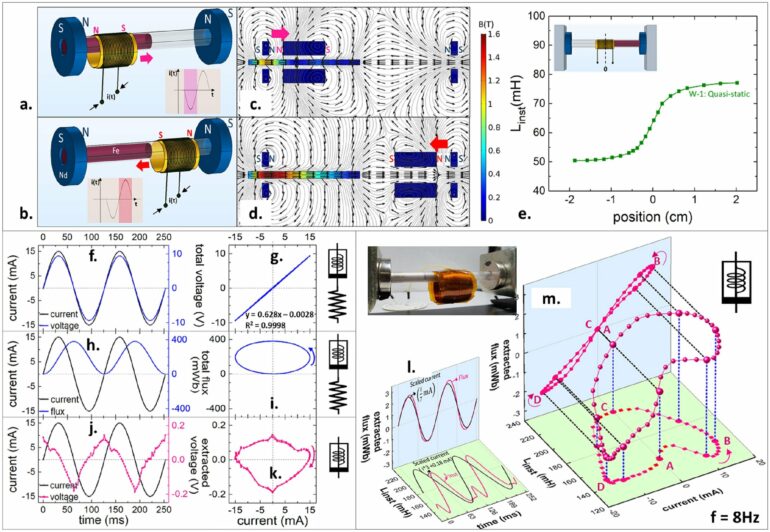Dr. H. Rusty Harris, associate professor in the Department of Electrical and Computer Engineering at Texas A&M University, has identified a new circuit element known as a meminductor.
A circuit element is an electrical component used to help direct and control the flow of electricity through an electrical circuit. The classical three are known as the resistor, capacitor and inductor. Two additional circuit elements, the memristor and the memcapacitor, were only discovered in the past 15 years. These newer circuit elements are known as the mem- versions of their classical counterparts, and their current and voltage properties are dependent on previous values of current or voltage in time, like a memory.
“Those two discoveries set the world a little bit on its head as far as electrical engineering,” Harris said. “All of the sudden, we thought we had three, but now we found these two others. And so that led us to think, ‘OK, there’s got to be more then, but how do we understand what they are? How do we map all of these things relative to each other?’ And it turns out, there is a relationship between each of the resistors and its family and each of the capacitors and its family.”
Harris and his student created a two-terminal passive system—comprised primarily of an electromagnet interacting with a pair of permanent magnets—to examine the magnetic flux density and magnetizing field strength of the inductor circuit element. With the help of this tool, Harris was able to prove the existence of the pinched hysteresis curve within the inductor leading to its mem- state, or memory-like nature, by the same definition that the memristor and memcapacitor were realized.
The researchers published their findings in the February issue of the journal Scientific Reports.
“New discovery is very exciting,” Harris said. “And the student-professor interaction on this project was beautiful. During our brainstorming sessions, we fed off each other—I learned new things based on my discussion with him, and he learned new things based on my experience.”
More information:
Abhiram Dinavahi et al, Physical evidence of meminductance in a passive, two-terminal circuit element, Scientific Reports (2023). DOI: 10.1038/s41598-022-24914-y
Provided by
Texas A&M University College of Engineering
Citation:
Meminductor: Researchers discover new circuit element (2023, April 1)



